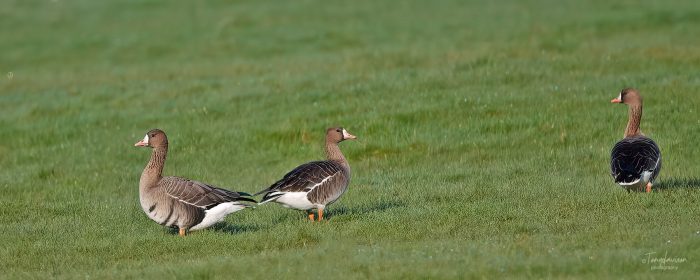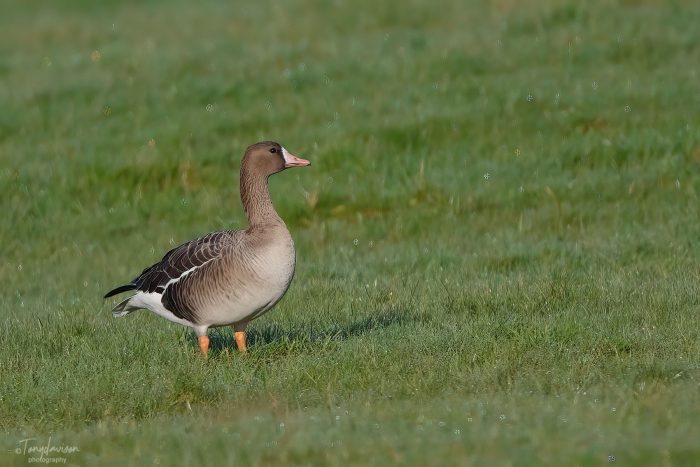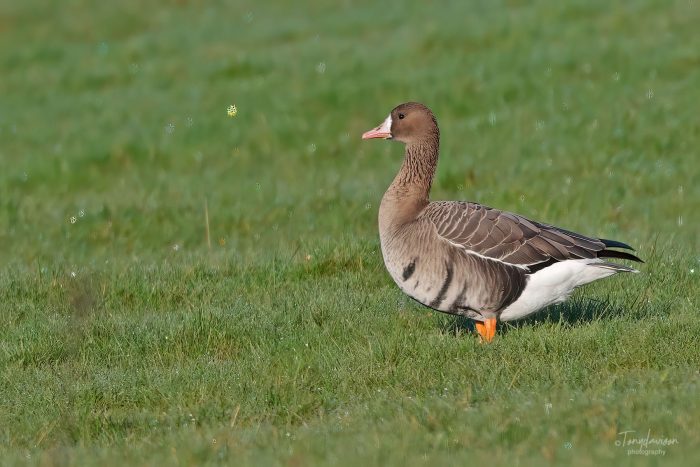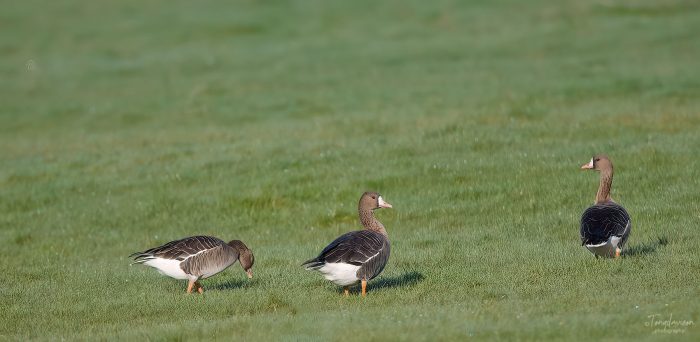I ran my 20W actinic light trap in garden overnight on 5th April 2024 – Results as follows: 1 male Brindled Beauty; 1 Oak-tree Pug; 1 Grey Shoulder-knot (NFG); 1 Chestnut; 4 Hebrew Character; 1 Clouded Drab; 1 Common Quaker:
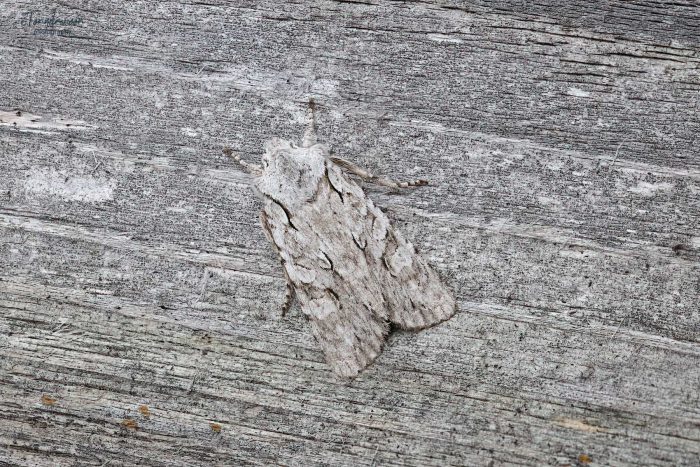
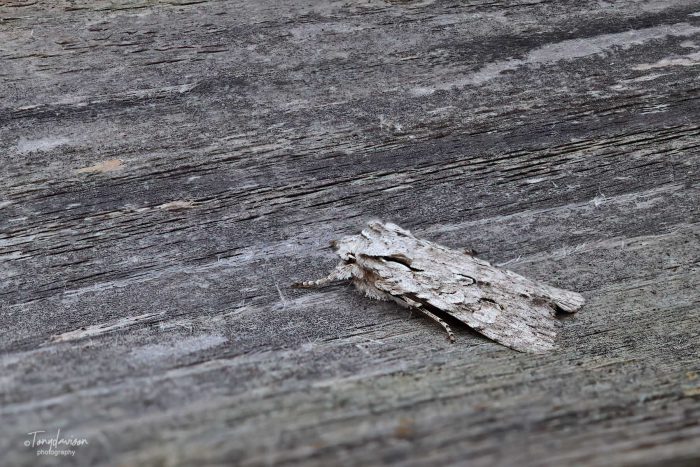

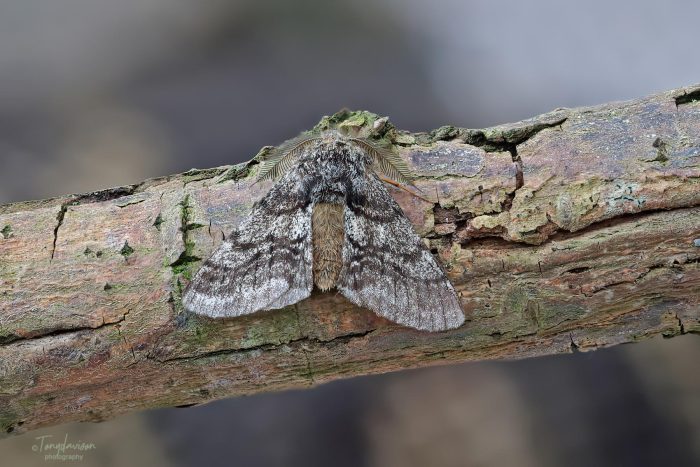
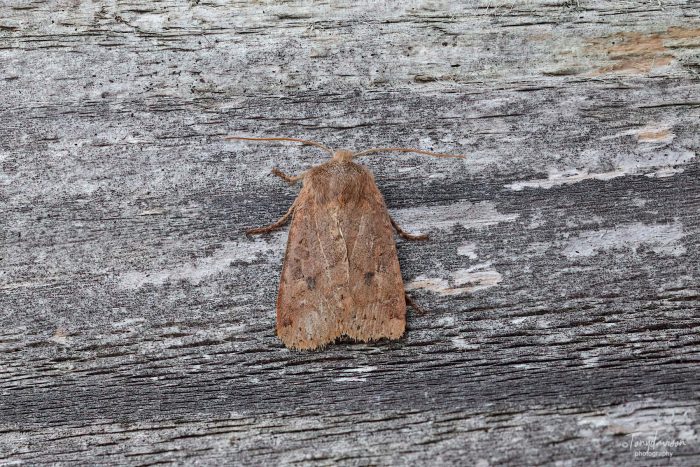
I ran my 20W actinic light trap in garden overnight on 5th April 2024 – Results as follows: 1 male Brindled Beauty; 1 Oak-tree Pug; 1 Grey Shoulder-knot (NFG); 1 Chestnut; 4 Hebrew Character; 1 Clouded Drab; 1 Common Quaker:





I ran my 20W actinic trap in my garden overnight on 30 March 2024 – results as follows: – Early Grey 2; Clouded Drab 1; Small Quaker 1; Hebrew Character 3; Common Quaker 2:
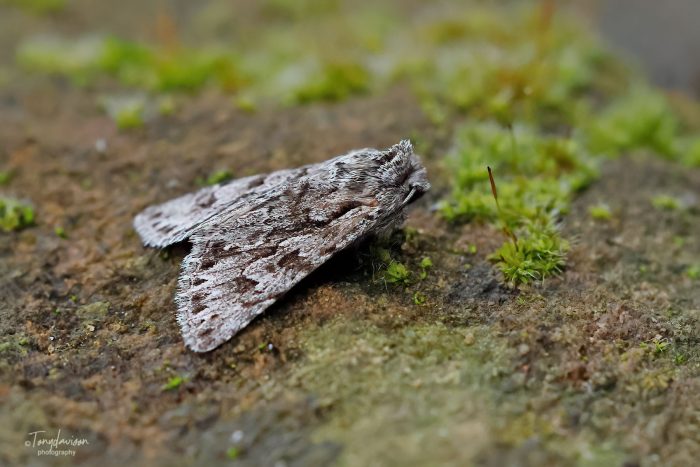
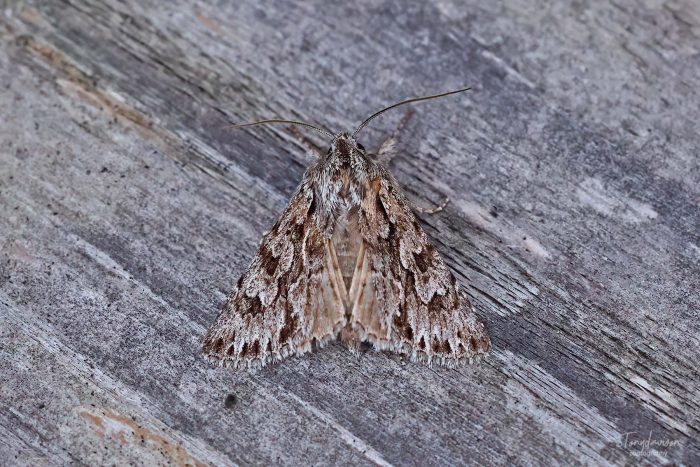
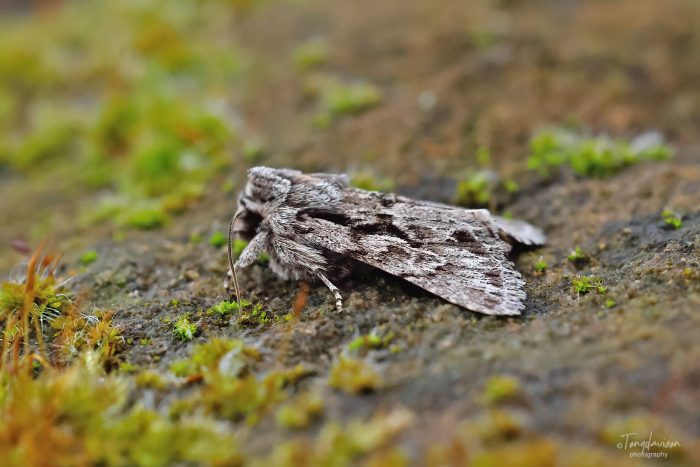
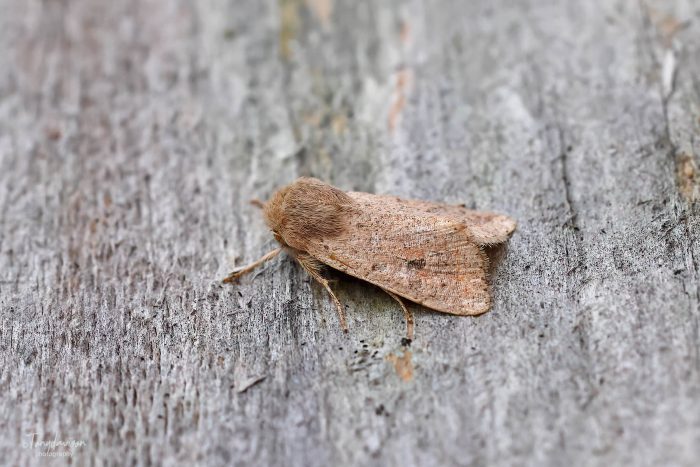
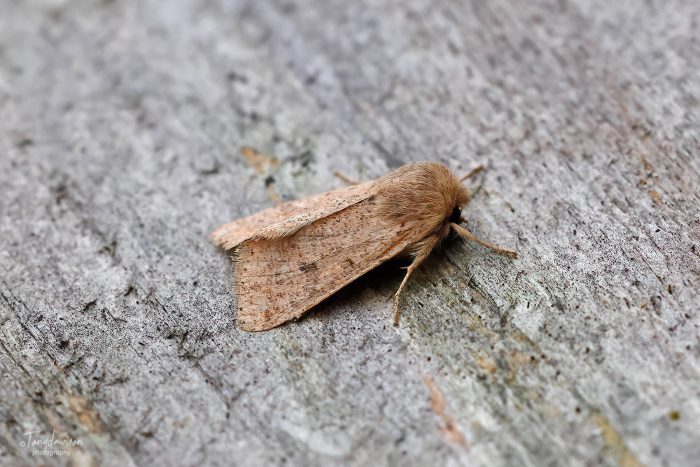
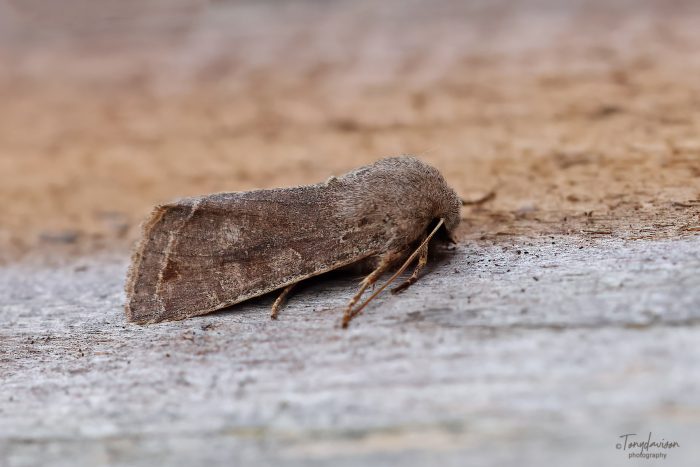
During 19 – 26 March we spent a week on Fuerteventura, the third year in succession we have visited this island. On the 21 March I spent an afternoon with my good friend Alan Conlin and his wife, who, just by coincidence, happened to be staying at the northern end of Fuerteventura, birding the Tindaya Plain.
One of my target birds and one I’ve never seen on the island was Cream-coloured Courser, and I was also keen to see Houbara Bustard again. Well, we had a great few hours birding, basically cleaning up on the target species. Several Cream-coloured Courser, a male Houbara Bustard, 14 stunning Black-bellied Sandgrouse, small flocks of Trumpeter Finch, several Berthelot’s Pipit and Mediterranean Short-toed Lark.
One morning two Hoopoe performed in the garden of the Hotel and also 2 Plain Swift and 2 Ruddy Shelduck as flyovers. An enjoyable few days away in warm spring sunshine.
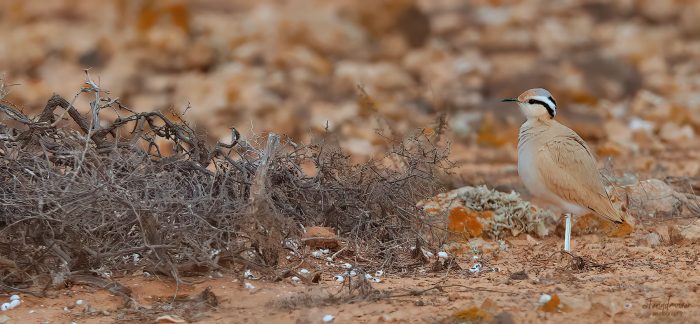
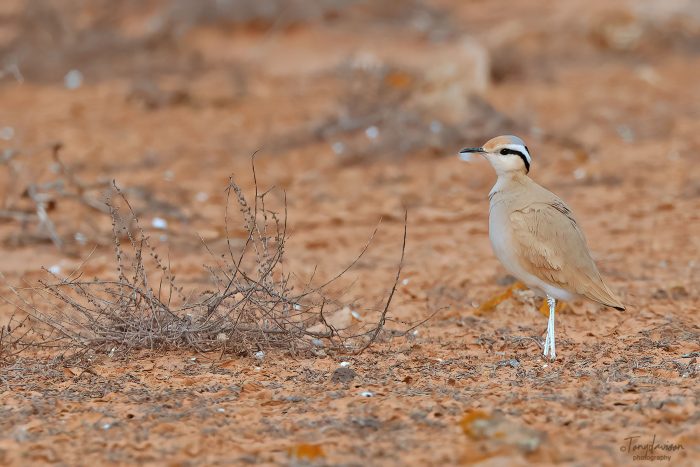
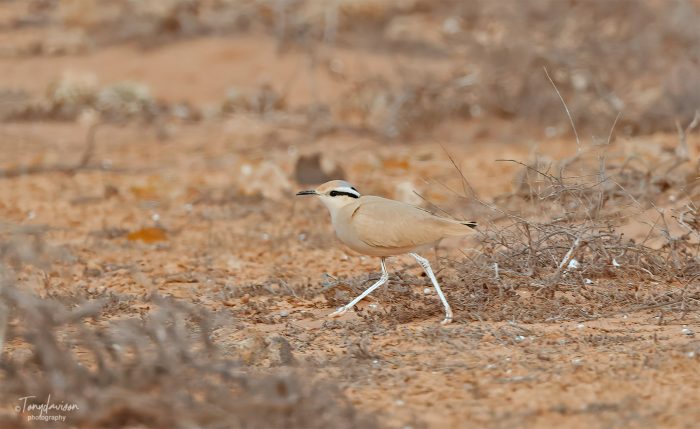
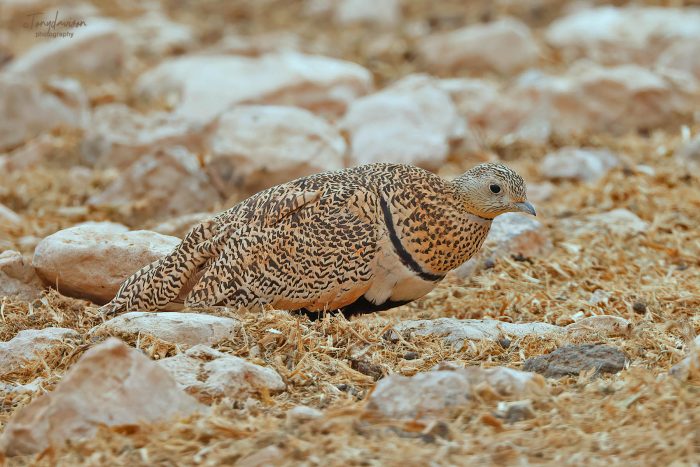
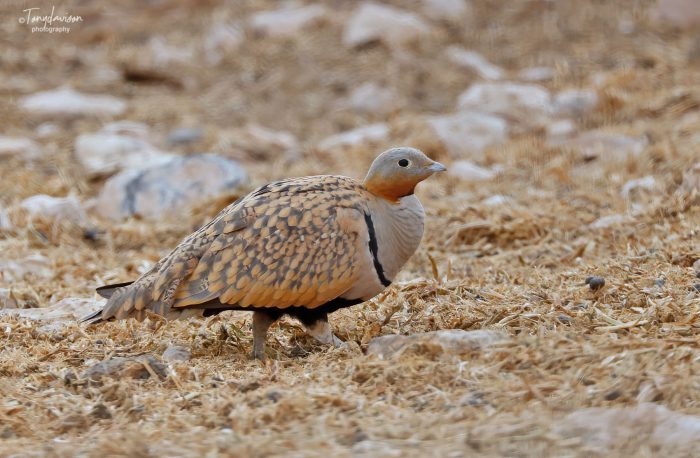
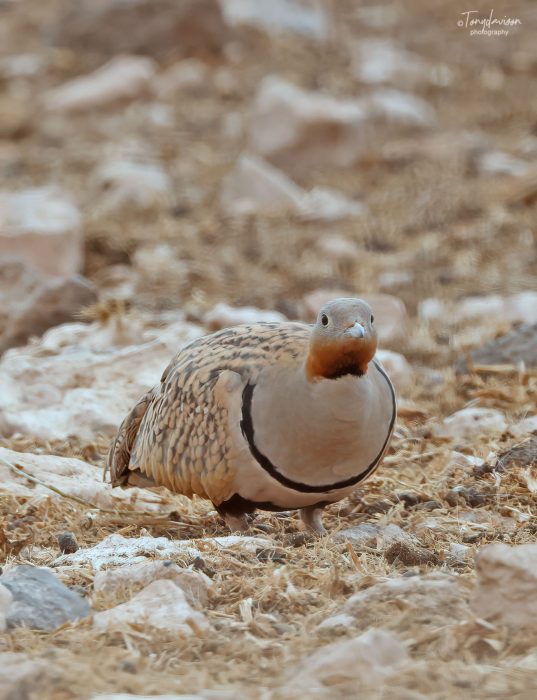
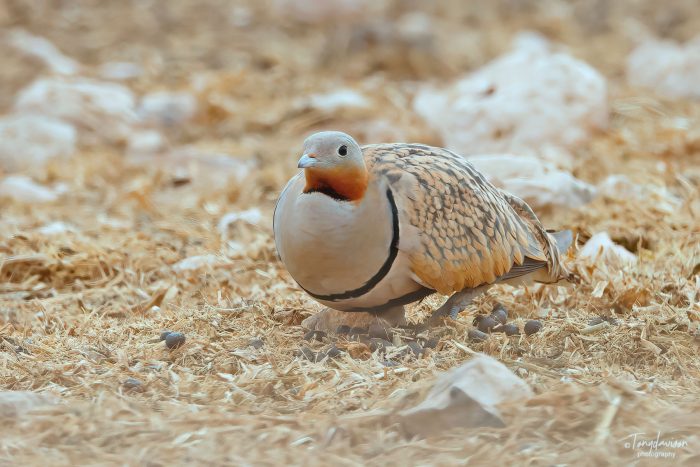
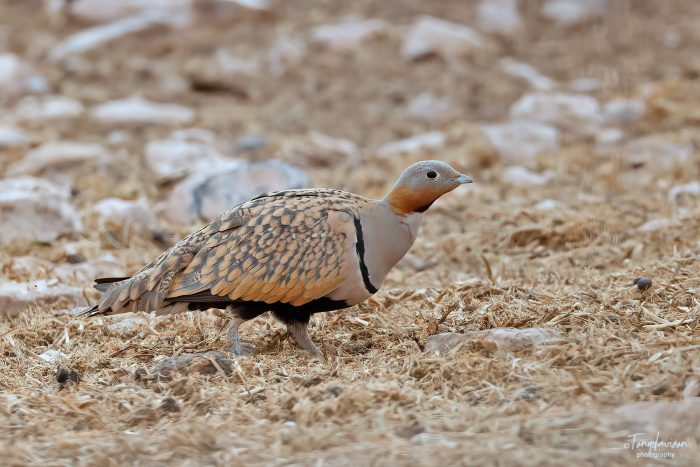
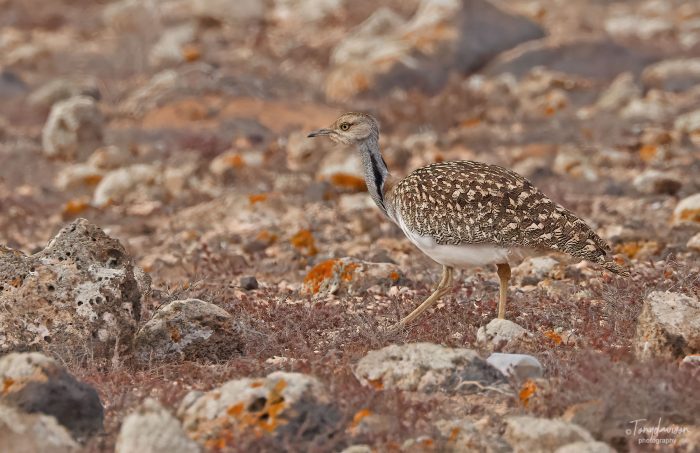
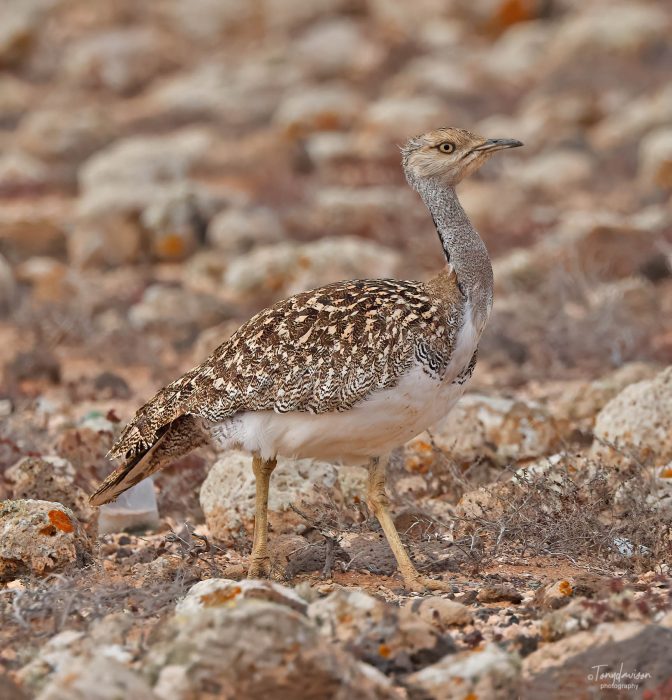
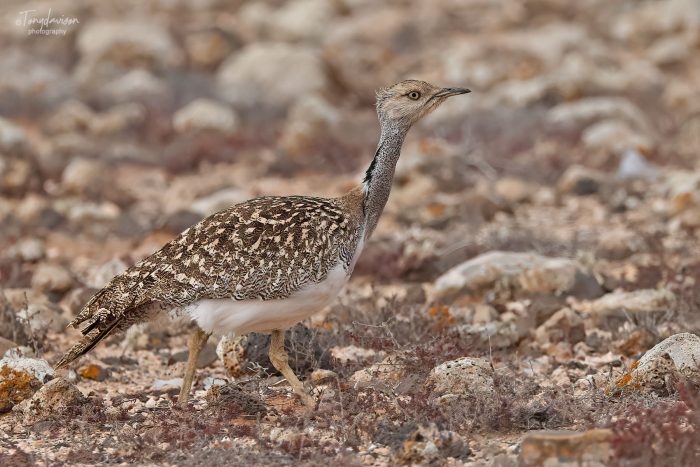
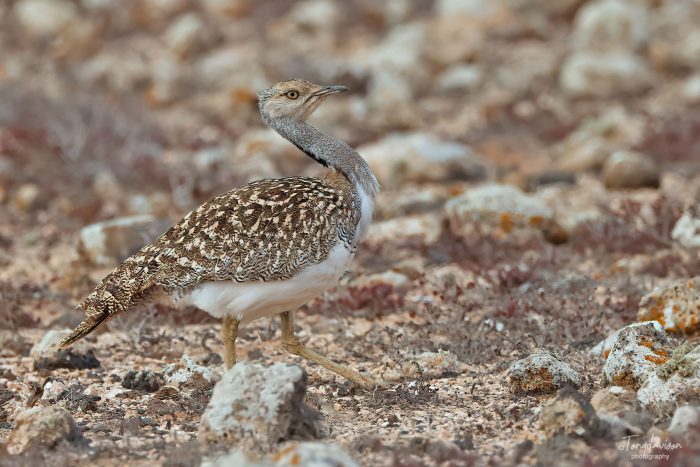
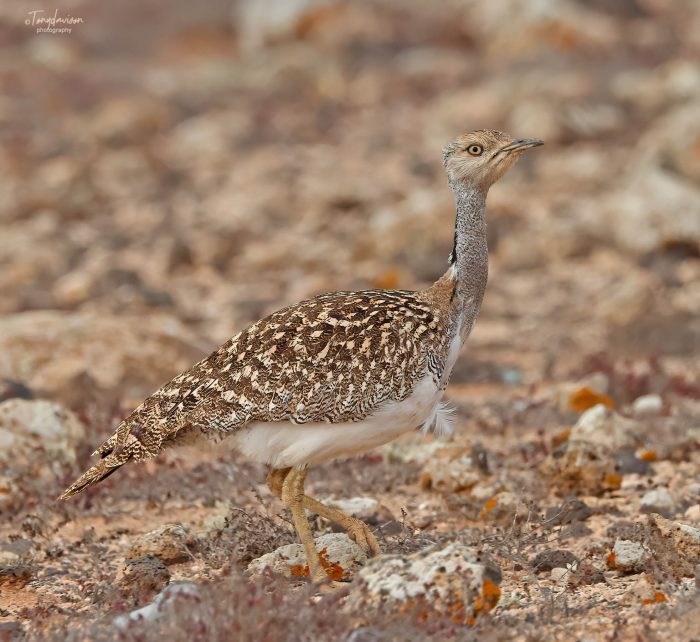
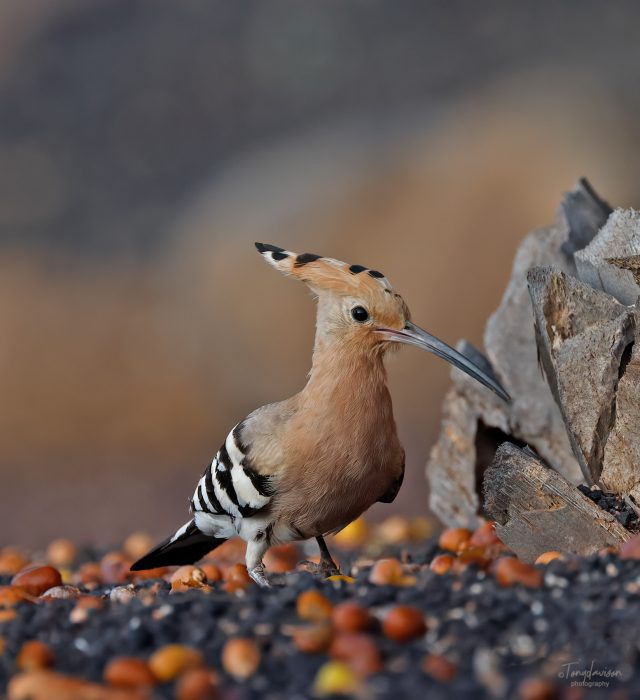
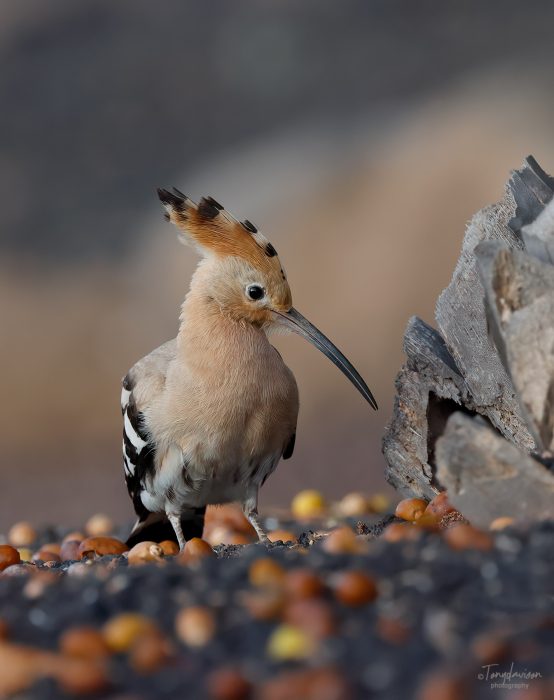
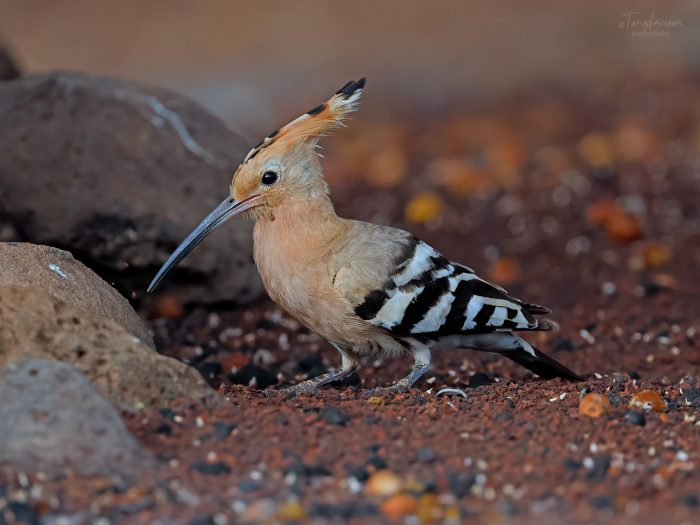
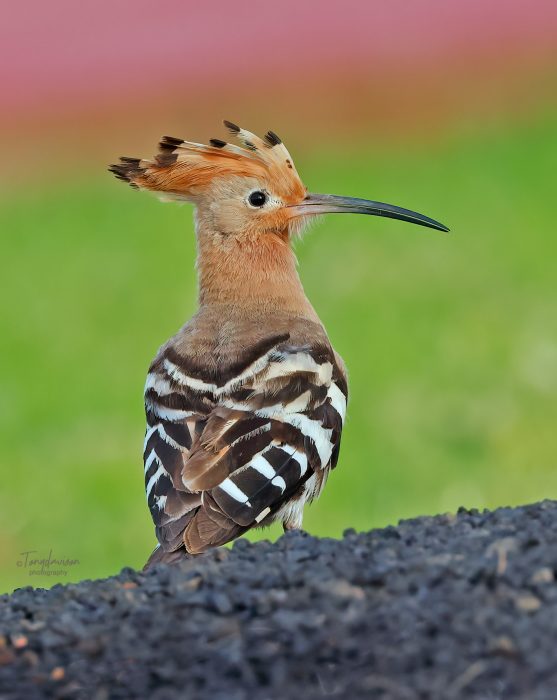
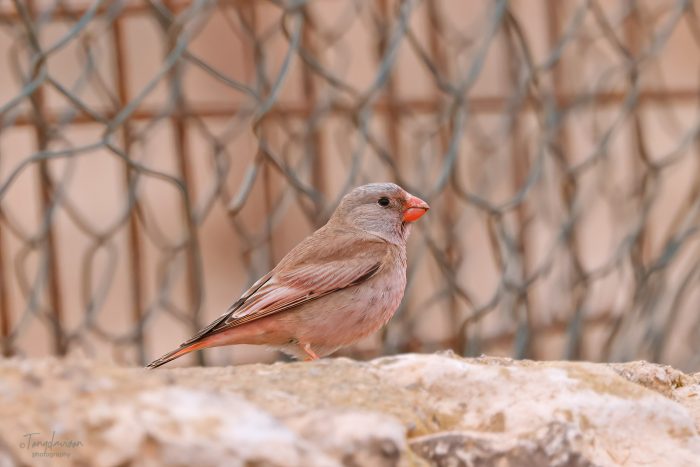
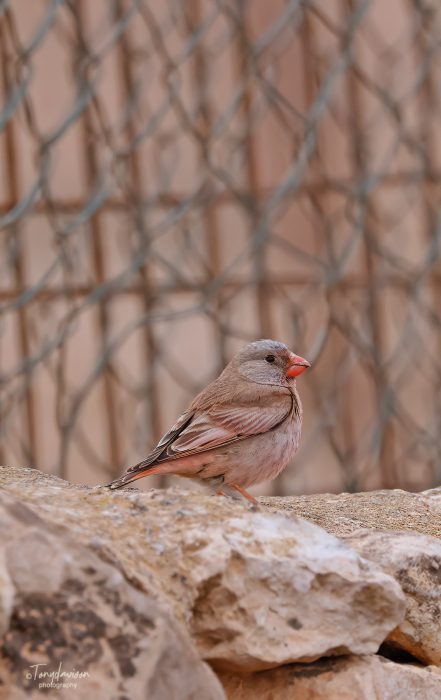
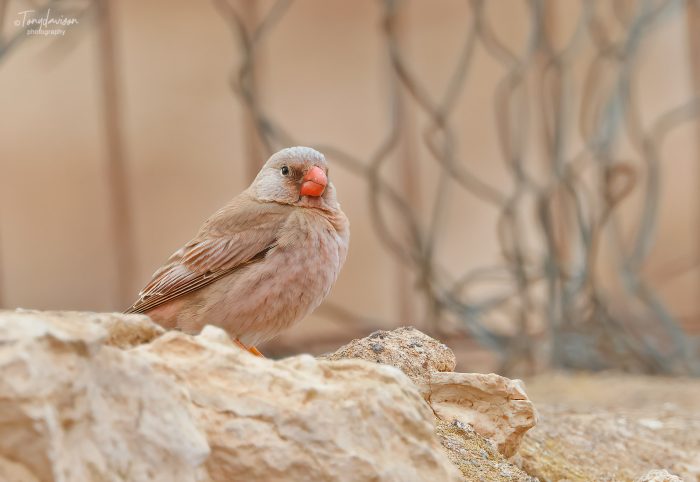
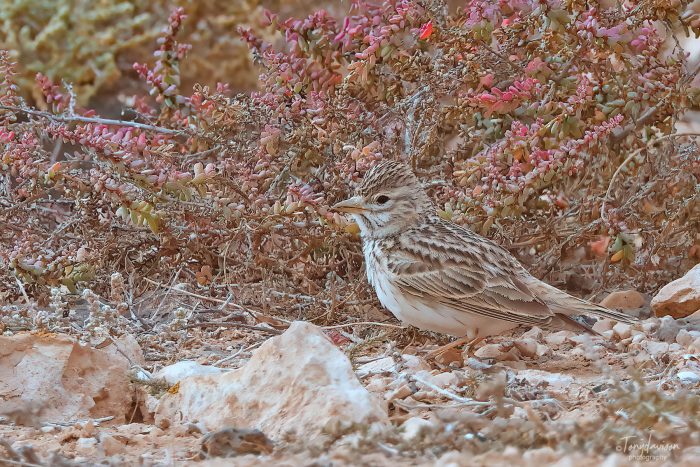
Three Russian White-fronted Geese (Anser albifrons) arrived and set up base in fields at Ingleby, alongside the Rive Trent. They were first recorded in February and were still present on 5th April 2024. Albifrons, which is the NE Europe, N.Siberian race, is identified from the Greenland race, (A. flavirostris) by the pink bill colour, smaller size and not so bold black patches on the belly. I presumed that the three birds were a family party as the adults were with a first winter bird. I managed to see them fairly close to the edge of the river Trent on 16 March 2024, after recent flooding had closed access to the site area.
